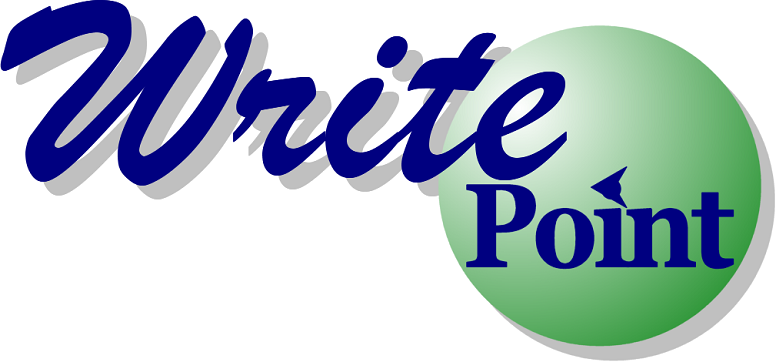In the global economy, to reach and penetrate more markets, companies sell products not only directly to their customers, but also to OEM partners that rebrand and resell these products to their own clients.
Sometimes the company’s product is integrated into the client’s application to provide added value. Other times, the entire product is simply re-built to have a different look and feel, a different name for a product that does the same thing as the original. And, sometimes specific OEMs and customers can get products customized for their needs so that some of the basic functionality remains, while other options are changed to varying degrees.
For documentation teams, this means having to provide an effective mechanism for maintaining multiple look-and-feel requirements for the same manual and handling content variations. When it comes to delivery of customized documentation sets to three or four different OEMs, for four or five different solutions, in two or three different output formats, the time spent generating deliverables and verifying the quality of the documentation can be extensive. youtube down . Saving this time, spending it effectively is critical.
Whether or not partners and customers receive product and documentation in time and the documentation contains only information relevant for the partner and product in many cases determines the company’s business success.
In the following paragraphs, I’d like to tell you about two companies that were facing these challenges and how they are now benefiting from DITA.
Case Study 1:
One company is producing documentation for several product families. Each product has something in common with the other products within the same family and with products from other families. The products are sold not only directly to customers, but to the company’s OEM partners. Each of the OEMs get product documentation with its own branding. Documentation is delivered in PDF and online help formats.
Without DITA, the documentation team required 1 full week just to generate the documentation sets for all the OEMs. This means, from the time the documentation on their company’s product was finished and no more text needed to be added or changed, the documentation team required a full week to produce all the various PDF and help formats for the various OEMs, according to their specific branding requirements.
With DITA, they are now spending 1 day for the same task.
Case Study 2:
The documentation team at another company was trying to keep pace with their development team. The engineers were constantly inventing new products to keep up with the marketing departments regularly updated demands and offerings. The marketing department challenged the engineers by offering different combinations of the company’s products to offer an expanding list of services.
Somewhere in all of this was the documentation team, which was required to react to the “new” product as rapidly as possible. The need to maintain multiple parallel releases, rapidly update documentation, quickly write manuals for new products, make all the writers write consistently, and reduce translation costs were among the many challenges the company faced.
Without DITA, the documentation team needed about 7 working days to generate a single book and even then, there was concern about consistency across documentation sets
With DITA, they can now ensure consistency AND generate the new manual in less than 1 day.
The difference between “before” and “after” is increased productivity against vastly decreased cost. Technical writers are now able to deliver documentation on time. The documentation is more cost-effective and of a higher quality. Updates are simpler to implement and less time is required so that more can be accomplished.
The only question remains: how could decision makers not like DITA?

